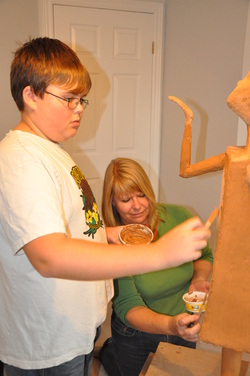
His mother, Bernadette applied clay to the arm and legs. She found that applying Winterstone to the curves of the hands and feet were the most satisfying strokes. Interesting. The hands are one of the more interesting areas where people like applying clay.
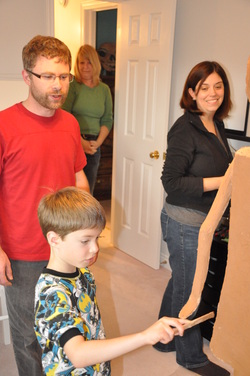
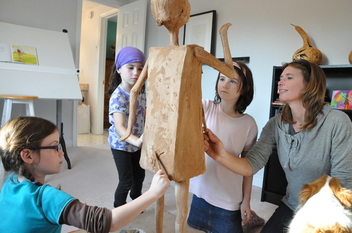
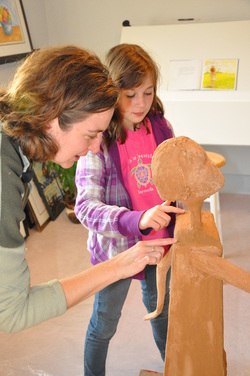
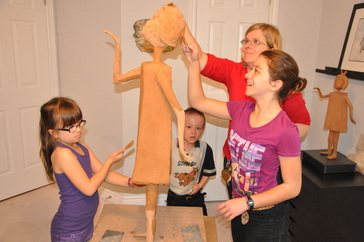
It reminds me of the numerous times that children come into the studio, look at the picture in the book and compare it to the sculpture then tell me that the left arm should be bent more. True, it is in the book but I took artistic license to make it straighter and behind the princess for the sculpture. I think it provides better balance. They always accept my explanation but sometimes the look in their eyes indicate that they think I'm off side.
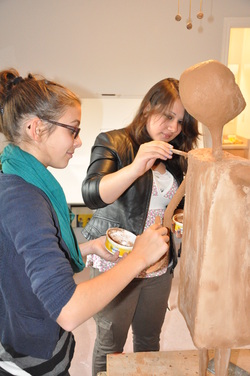
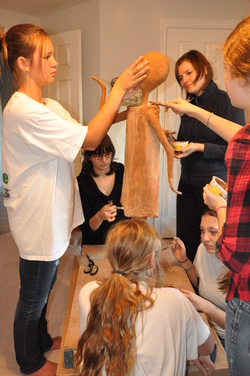
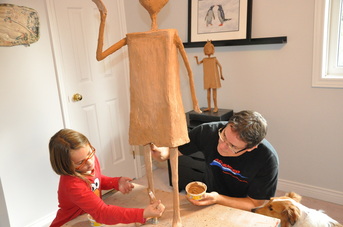
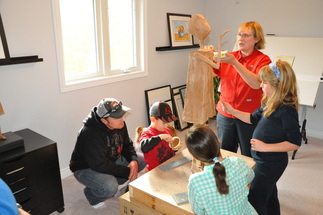
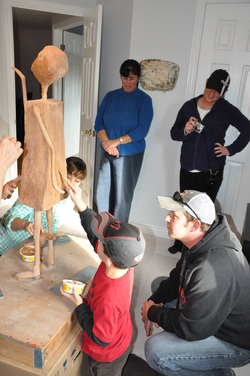
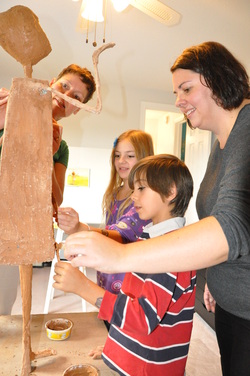
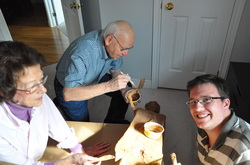
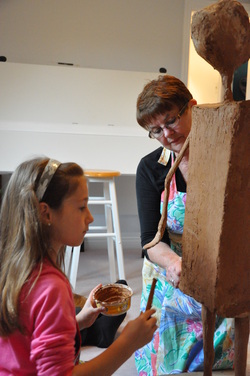
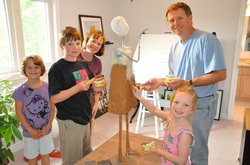
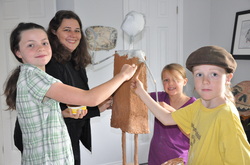
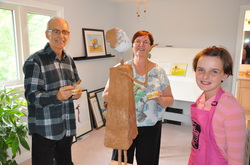
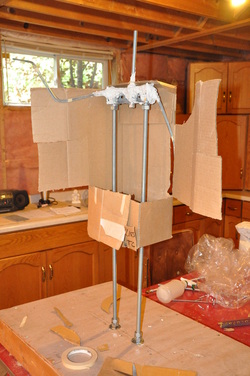
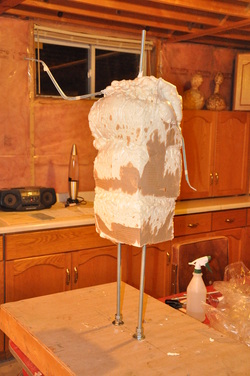
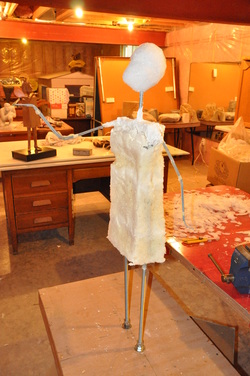

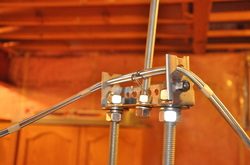
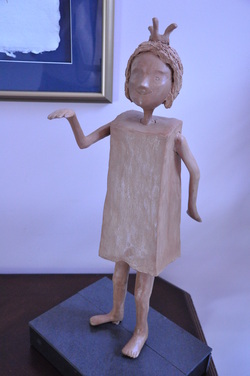
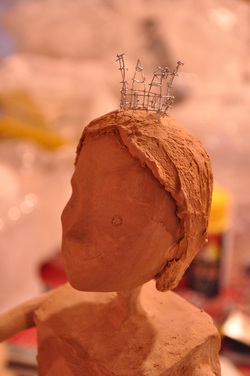
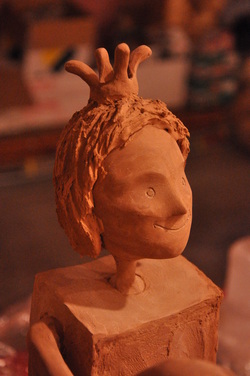
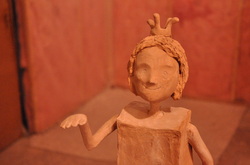
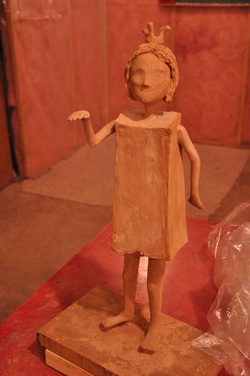
 RSS Feed
RSS Feed
